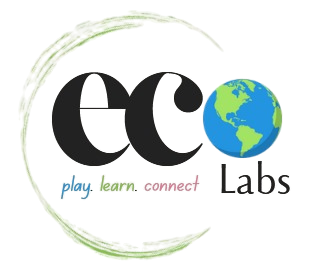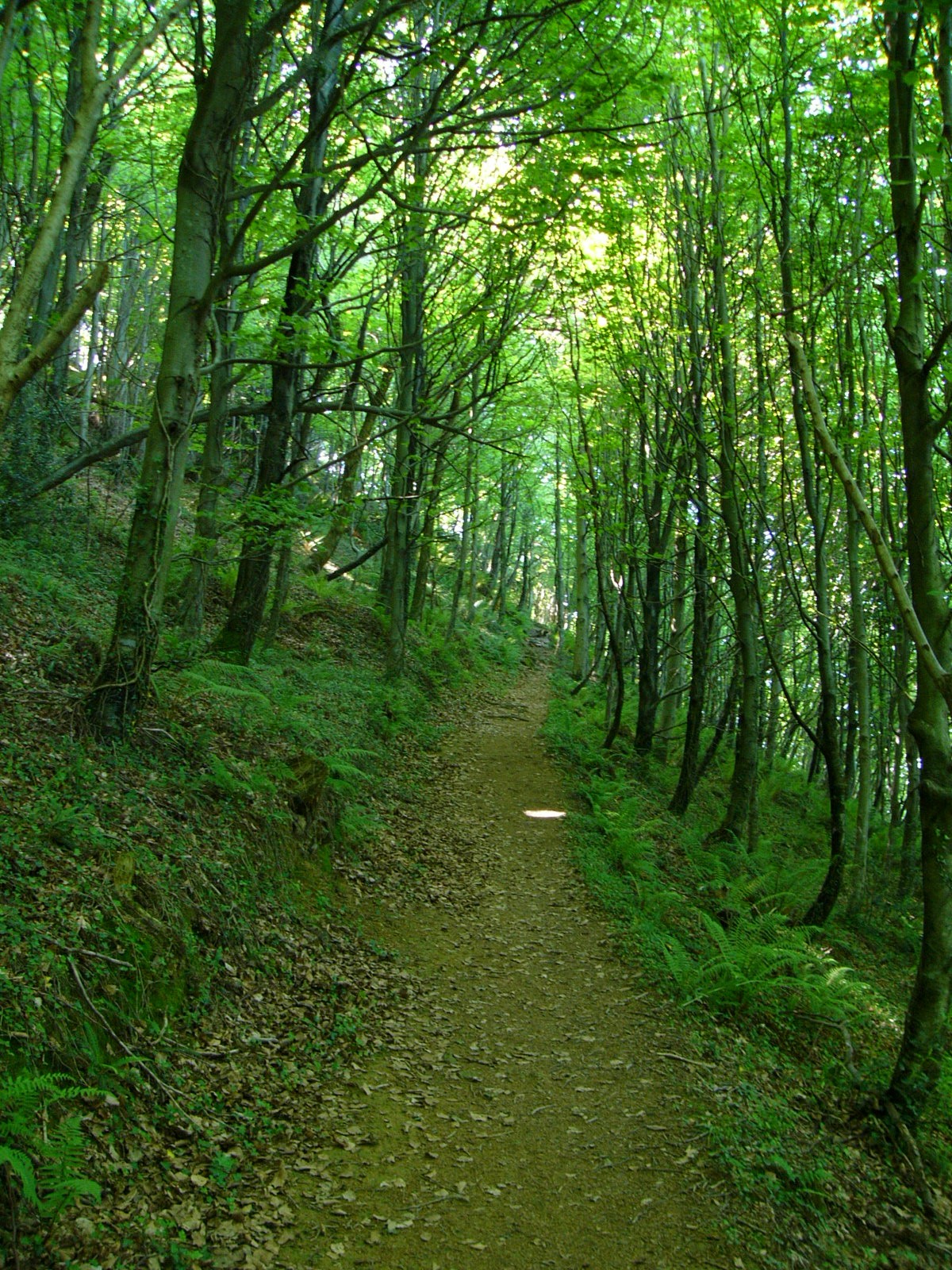
Interacting with nature is essential for a healthy life for adults and children. Being in nature reduces stress, increases creativity, and supports emotional wellness. With most of the population living in cities there is an urgent need to connect with nature.
People want to connect with nature and are concerned that there are so few opportunities to do it in their busy lives. Modern life is fast-paced and filled with information that demands attention. Brain is constantly excited, and the opportunity to defocus is limited. We also multi-task and are teaching kids to multi-task endlessly.
In recent years, more scientists are studying the benefits of engagement with nature. Building ways to interact with nature is a constant challenge for everyone. In many countries, the continuous daily connection with nature is encouraged, even rewarded, by several incentives. In Sweden, for example, commuting to work by bicycle is supported, encouraged, and rewarded. The Swedes have a term to describe the lifestyle of living close to nature— friluftsliv (pronounced free-loofts-liv), which translates to “open-air living.” This lifestyle is encouraged in all Scandinavian countries-Sweden, Norway, Denmark. The interactions with nature can be in the form of lunchtime runs in a nearby nature preserve or forest or skiing long distances when there is plenty or snow, even commuting by bike through natural areas.
If people are respectful of nature, wildlife, and locals, many Scandinavian nation’s allow people to walk or camp practically anywhere. In some countries, it is enforced via the right to roam law or allmansrätten. Being outdoors encourages reflection, well-being, and expansiveness. Studies have shown that playing outdoors at a young age and continuing to play more leads to a cumulative effect of accumulation of benefit [link]. When children play outdoors or engage in outdoor activities frequently, studies show that they develop healthy mental balance in their teenage years.
Since being outdoors in natural settings brings so many benefits to people, doctors are now beginning to ‘prescribe’ nature. The prescription can include nature walks, or playing outdoors, or even having downtime from electronic devices. Time away from distractions, walking in solitude, taking time to let the brain ‘relax’ without focused activity encourages creativity. Being in nature allows one to develop a state known as ‘zoning out,’ when one is not focusing attention to anything, but letting the mind relax. This state is known to produce extensive problem-solving skills, enabling people to solve complex problems creatively.
To make nature accessible, many Scandinavian cities develop a natural area or woodland nearby. The areas have well-laid paths that encourage people’s use of the area all around the year. Employers provide blocks of time on calendars, about 90-minutes per week, that people can schedule for interacting with nature. That is less than 20 minutes a day!
Even in Scandinavian countries, technology is shrinking the world. Recent reports show a small dip in youngsters connecting with nature through traditional nature interactions such as friluftsliv and Sauna. Spending more time in nature helps to counter the effects of the digital world on the brain. And families are encouraging youngsters to do just that.
Hope you found some ideas and inspiration to incorporate interactions in nature every day!


